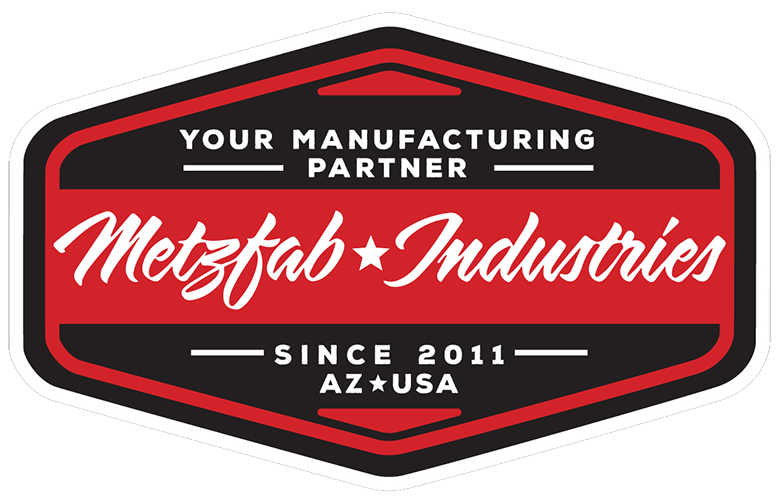Why precision matters and how it impacts your final product
In manufacturing, a small variation can create a big problem. Whether it’s a press-fit part that doesn’t seat properly or an assembly that just won’t line up, tight tolerances are often the difference between a successful product and a costly fix. For engineers and buyers working with critical components, understanding what tight tolerances really mean and why they matter can help you choose the right fabrication partner from the start.
What Are Tight Tolerances?
Tolerances define the allowable variation in a part’s dimensions. A tight tolerance means there’s very little room for deviation. While a standard tolerance might allow for a few thousandths of an inch in variation, tight tolerances often fall into the range of ±0.001 inches or even tighter depending on the application.
This level of control is essential in industries like aerospace, medical, defense, and advanced manufacturing. These are sectors where reliability is non-negotiable and where even microscopic misalignments can cause failure, waste, or safety risks. Holding a tight tolerance ensures that every component fits and functions exactly as intended, every time.
Why Tolerances Affect More Than Just Specs
Tight tolerances directly influence how parts perform in the real world. Components that need to slide, lock, press, or align with others must stay within narrow dimensional ranges to work properly. If tolerances are too loose, you may face poor fits, excessive wear, or unstable assemblies. If they are too tight without the proper equipment, you risk high scrap rates, rework, and production delays.
The tighter the tolerance, the more capable your fabricator needs to be. Not all shops can consistently hit the same spec across hundreds or thousands of parts. At MetzFab, we use advanced CNC and inspection systems to ensure dimensional accuracy, even on complex geometries or high-performance materials.
What It Takes to Get It Right
Consistently holding tight tolerances requires more than just good equipment. It takes a controlled environment, skilled technicians, and process-driven workflows. From CAD programming to machine calibration, every step must align with the final spec. In-house quality control, real-time inspection, and process feedback all play a role in ensuring each part meets the requirement.
Just as important is the ability to scale. Holding tight tolerances on a prototype is one thing, but doing it repeatably across production runs is another. Automation, consistent setups, and documented processes allow us to deliver the same precision at scale without compromising speed or material use.
Tolerances are more than a number on a print. They are a reflection of your design intent, your product quality, and your expectations. Choosing a vendor who understands that and can deliver it consistently is key to reducing downstream issues and protecting your build schedule.
